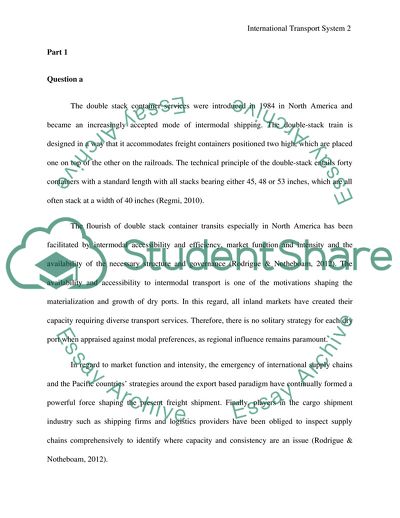Cite this document
(International Transport System Assignment Example | Topics and Well Written Essays - 2056 words, n.d.)
International Transport System Assignment Example | Topics and Well Written Essays - 2056 words. Retrieved from https://studentshare.org/technology/1854934-internationan-transport-seystem
International Transport System Assignment Example | Topics and Well Written Essays - 2056 words. Retrieved from https://studentshare.org/technology/1854934-internationan-transport-seystem
(International Transport System Assignment Example | Topics and Well Written Essays - 2056 Words)
International Transport System Assignment Example | Topics and Well Written Essays - 2056 Words. https://studentshare.org/technology/1854934-internationan-transport-seystem.
International Transport System Assignment Example | Topics and Well Written Essays - 2056 Words. https://studentshare.org/technology/1854934-internationan-transport-seystem.
“International Transport System Assignment Example | Topics and Well Written Essays - 2056 Words”, n.d. https://studentshare.org/technology/1854934-internationan-transport-seystem.


